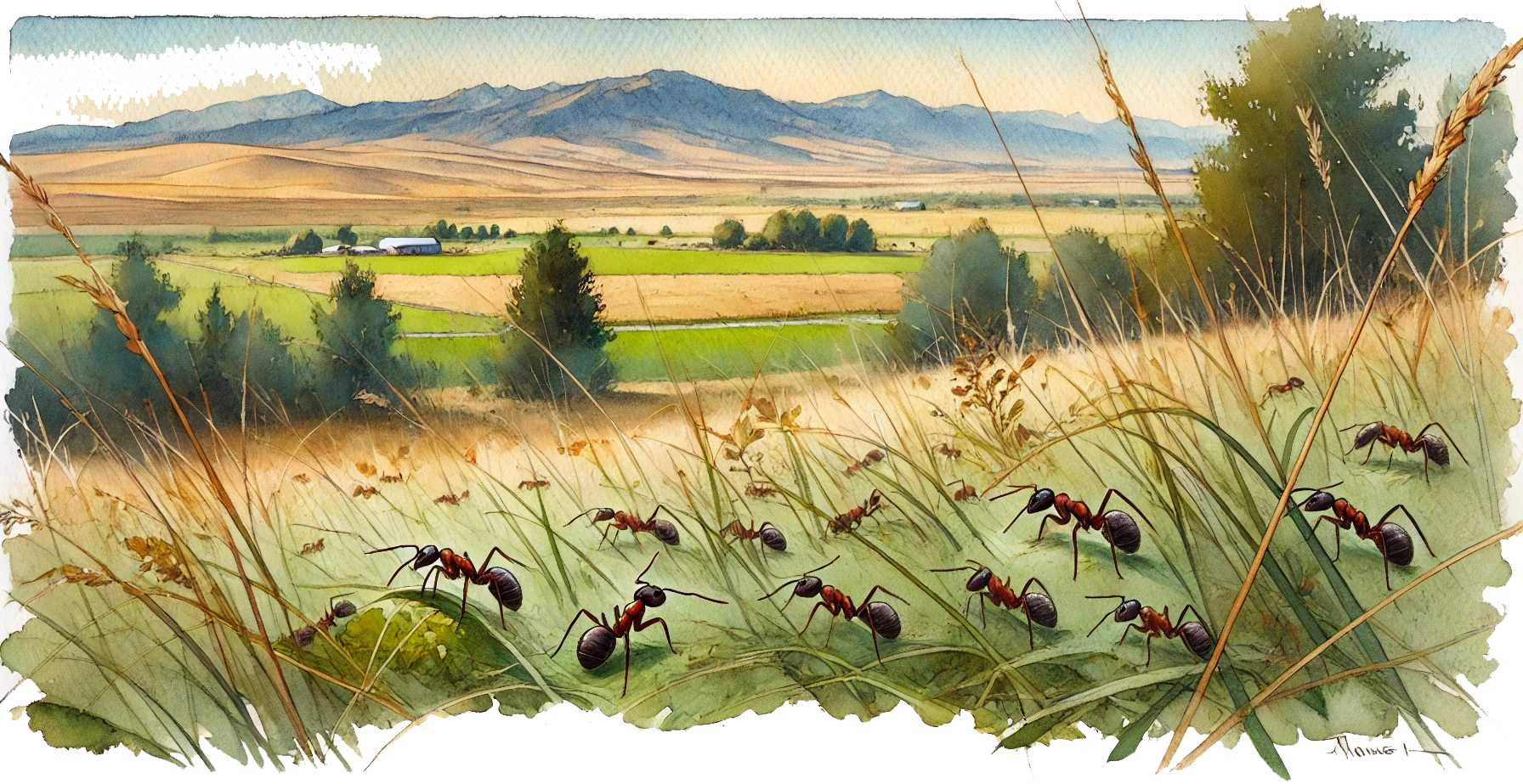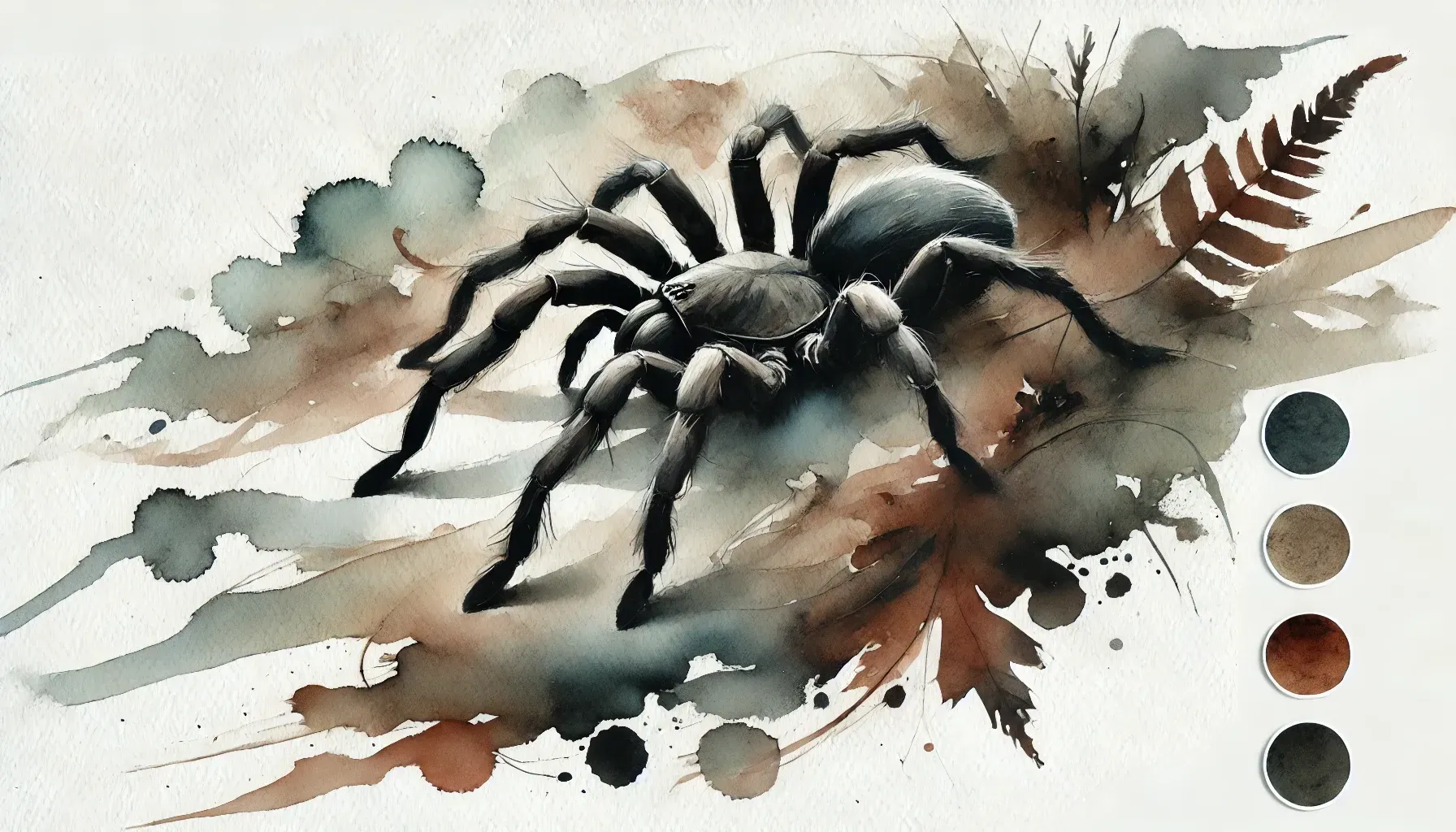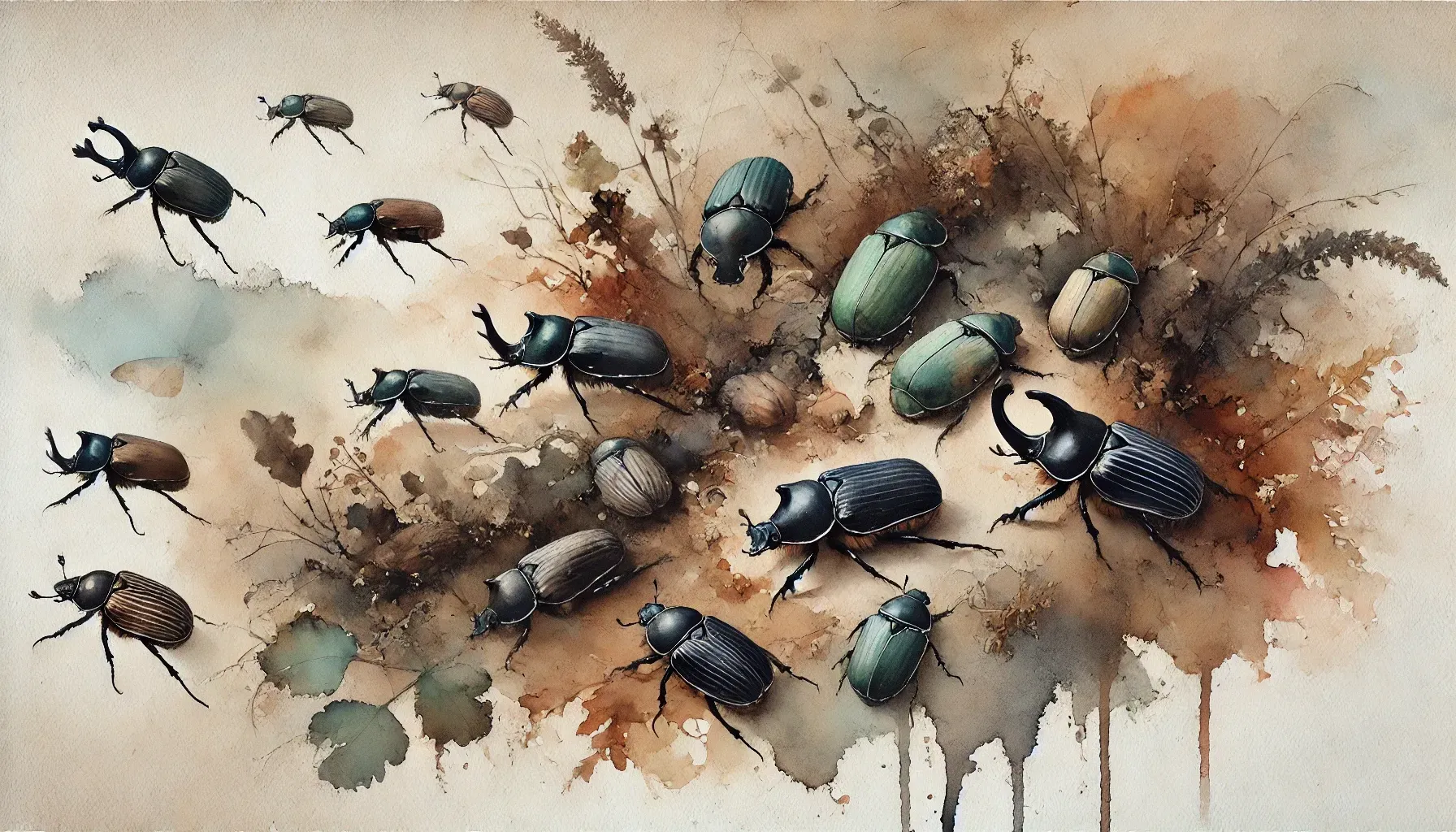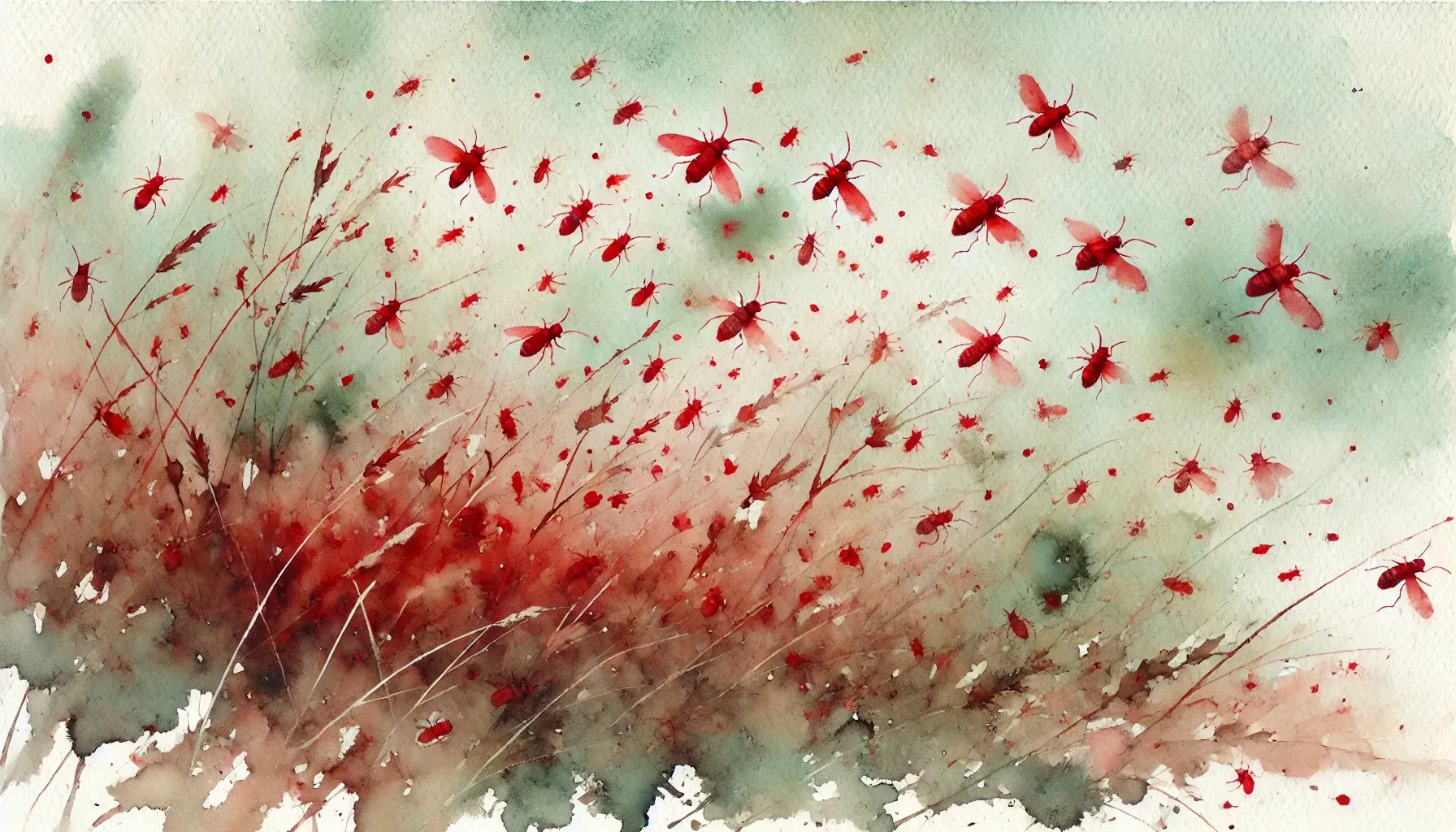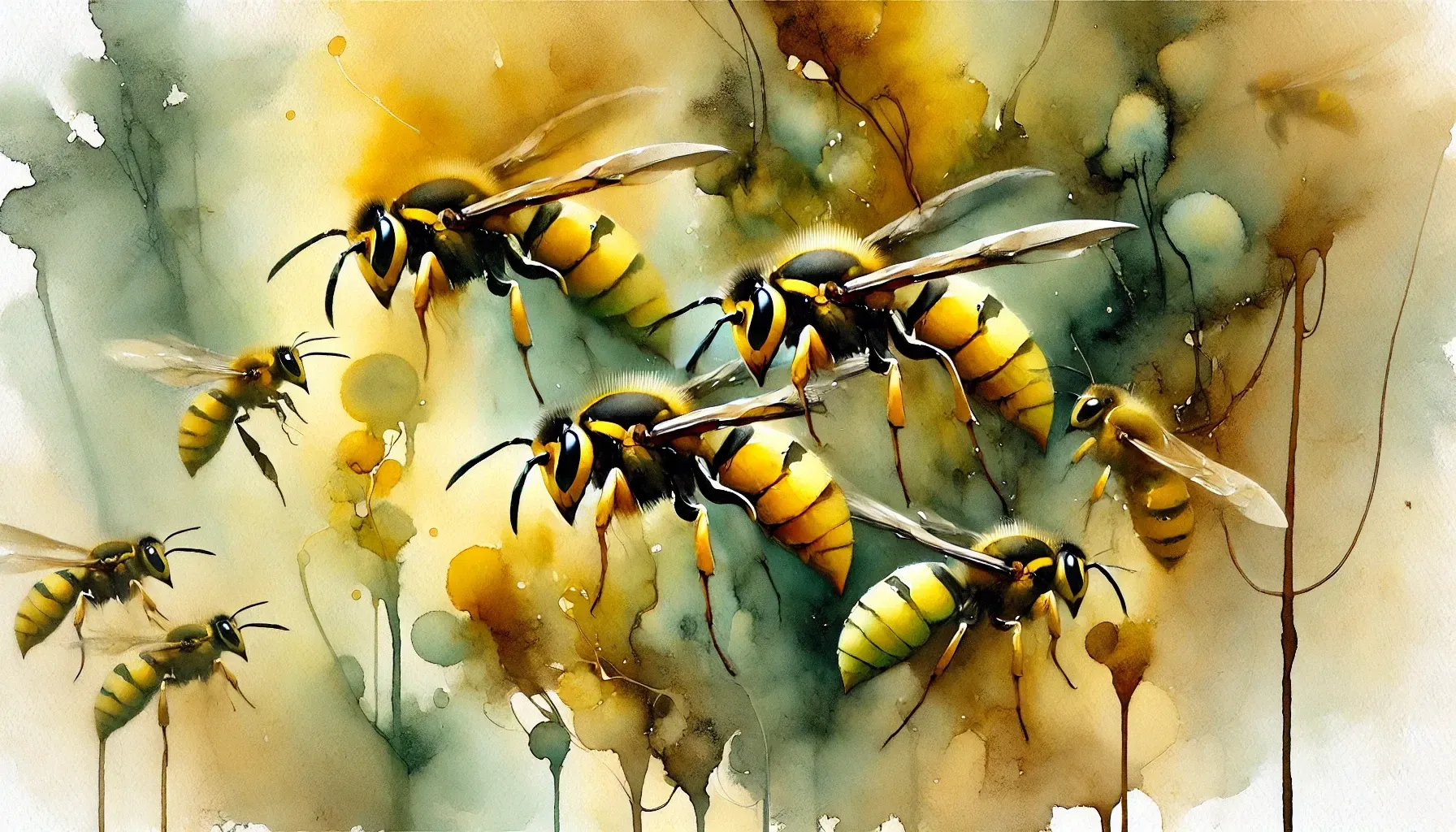Mosquitoes are a widespread nuisance in Idaho, known not only for their irritating bites but also for the potential diseases they can carry. As vectors of diseases such as West Nile Virus, mosquitoes present a public health risk, particularly in areas with high mosquito populations. Controlling these pests requires more than just DIY measures; professional mosquito control services are often necessary for comprehensive management. In this article, we explore the reasons why professional mosquito control is essential in Idaho and the strategies that professionals use to mitigate these pests.
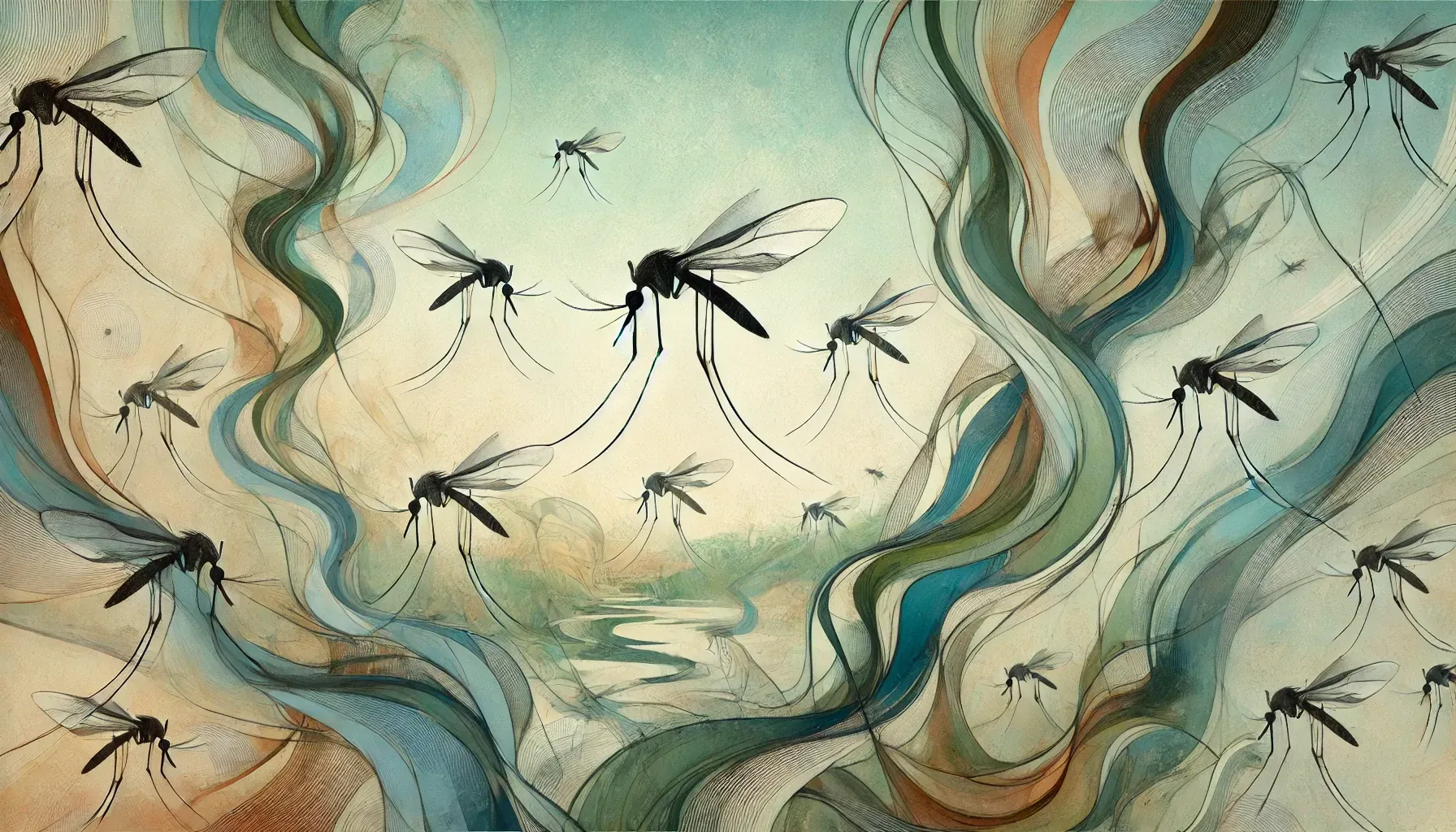
Mosquito-Borne Diseases in Idaho
Mosquitoes are notorious for transmitting a variety of diseases, with West Nile Virus being one of the most significant in Idaho. While most people infected with West Nile Virus experience mild symptoms, severe cases can lead to neurological complications, including meningitis and encephalitis. Professional mosquito control reduces the risk of these diseases by targeting mosquito populations at their breeding sites, thus lowering the likelihood of human exposure (Rose, 2001).
Challenges of DIY Mosquito Control
Homeowners often resort to using insect repellents, citronella candles, or mosquito traps, which can provide temporary relief. However, these methods usually fail to address the root of the problem—breeding sites and large mosquito populations. Mosquitoes breed in standing water, and small, inconspicuous pools, such as clogged gutters, flowerpots, or birdbaths, are often overlooked. Professional pest control services are equipped to identify and treat these breeding areas using targeted insecticides and other methods that go beyond surface-level solutions (Connelly et al., 2014).
The Benefits of Professional Mosquito Control
Professional mosquito control services offer several advantages over DIY approaches:
- Effective Insecticides: Professionals use insecticides that are more potent and specifically designed to target mosquitoes. Pyrethroid-based insecticides, such as bifenthrin and lambda-cyhalothrin, are applied as barrier treatments to vegetation around homes, significantly reducing mosquito populations for weeks (Trout et al., 2007). These treatments are safe for humans and pets but lethal to mosquitoes, ensuring that the pests are controlled effectively.
- Comprehensive Treatment: Professional services include a thorough inspection of the property to locate potential breeding grounds. In addition to applying insecticides, professionals may recommend structural changes, such as improving drainage, to eliminate areas where mosquitoes can lay eggs.
- Long-Term Control: Unlike temporary solutions, professional mosquito control can provide long-lasting relief. By reducing mosquito populations at the source, these treatments ensure that your property remains mosquito-free for extended periods. Some services offer ongoing maintenance to keep the mosquito population under control throughout the summer months.
When to Consider Professional Help
If you notice an increase in mosquito activity around your home, or if you live near areas with standing water, it's a good idea to contact a professional pest control service. Large mosquito populations not only pose a health risk but also make outdoor activities uncomfortable. Professionals can tailor treatments based on the specific conditions of your property and implement strategies that will effectively reduce mosquito populations over time (Cilek et al., 2008).
Works Cited
Connelly, C. R., et al. "Integrated Pest Management for Mosquito Reduction around Homes and Neighborhoods." EDIS, 2014. https://journals.flvc.org/edis/article/view/131789.
Rose, R. "Pesticides and Public Health: Integrated Methods of Mosquito Management." Emerging Infectious Diseases, 2001. https://www.ncbi.nlm.nih.gov/pmc/articles/PMC2631680/.
Trout, R., et al. "Efficacy of Two Pyrethroid Insecticides Applied as Barrier Treatments for Managing Mosquito (Diptera: Culicidae) Populations in Suburban Residential Properties." Journal of Medical Entomology, vol. 44, no. 3, 2007, pp. 470-477. https://academic.oup.com/jme/article/44/3/470/854934?login=false.
Cilek, J., Hallmon, C. F., & Johnson, R. "Evaluation of an Automatic-Timed Insecticide Application System for Backyard Mosquito Control."
Journal of the American Mosquito Control Association, vol. 24, no. 3, 2008, pp. 560-565. https://consensus.app/papers/evaluation-automatictimed-insecticide-application-cilek/5a7dd0268c17581fb76d594d50541d9d/?utm_source=chatgpt.
Contact Today For $100 Off Your Initial Service!
⭐⭐⭐⭐⭐
Backed by our Bigfoot Guarantee!
What Customers Are Saying:
"Everyone from Bigfoot is awesome. They are always on time. They're extremely thorough. I've not had a single issue in the two years they have been treating our home. Well worth it!"
T. Potter | Meridian, ID

